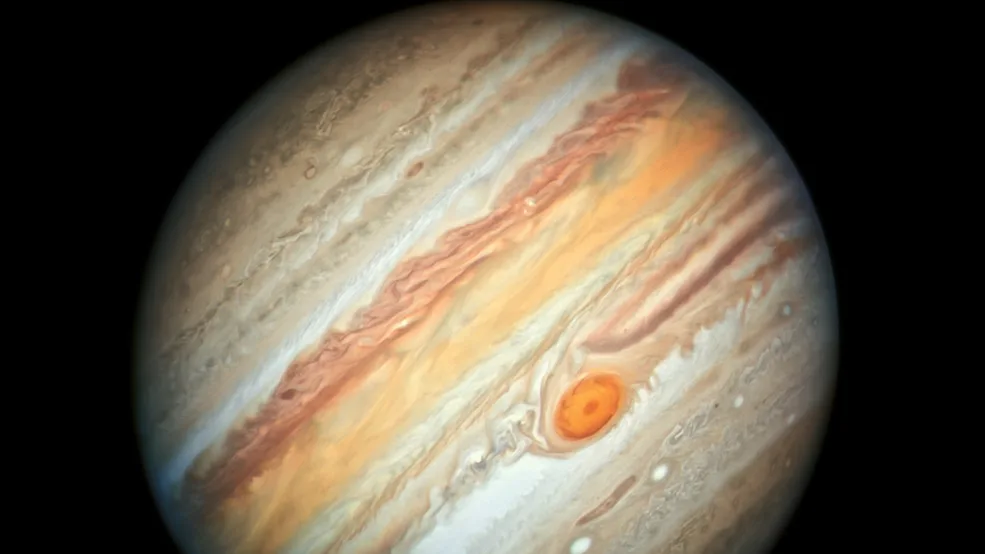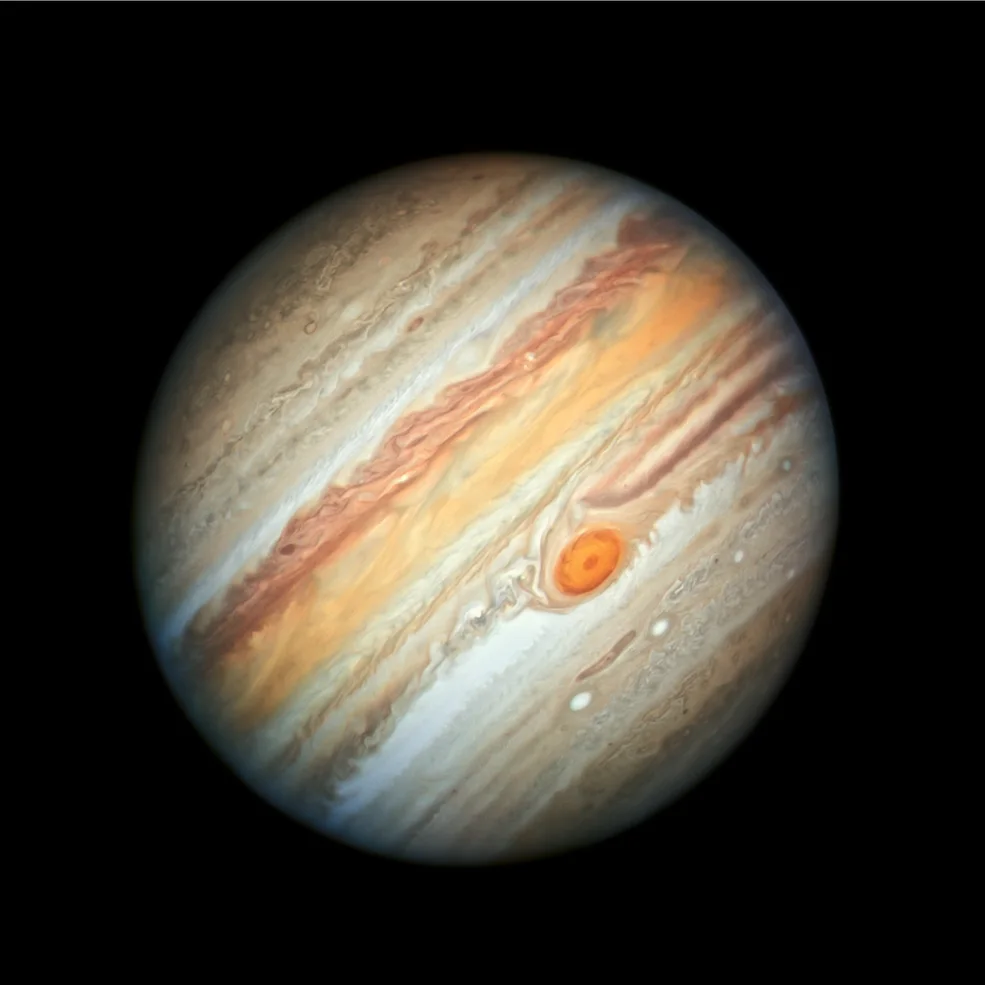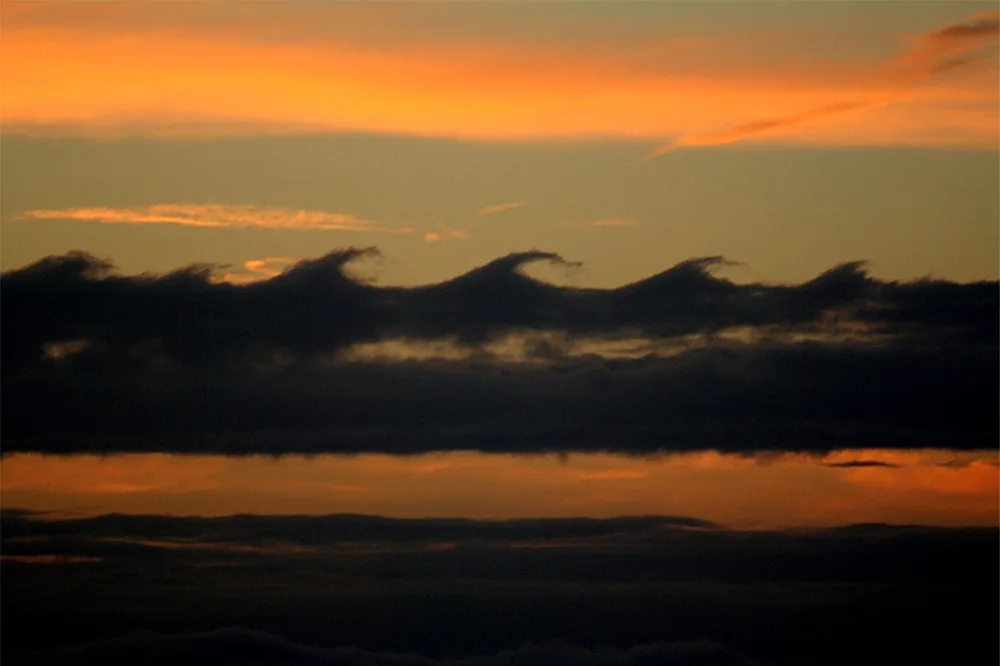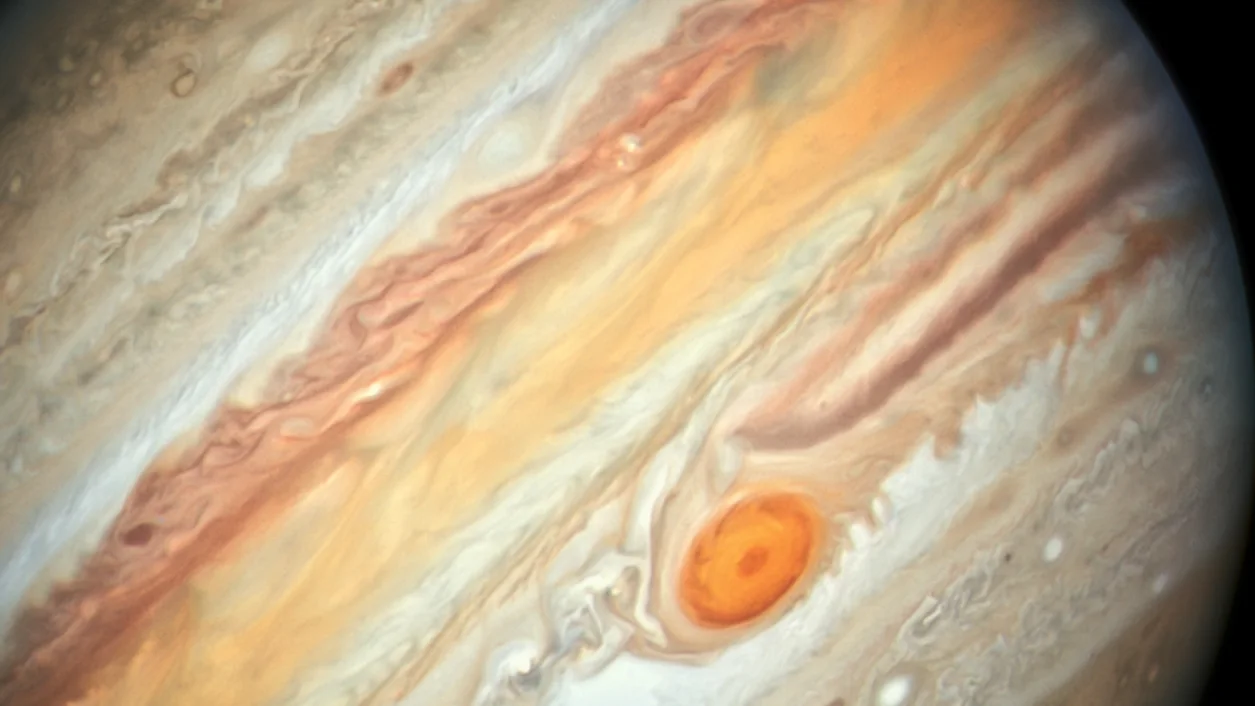
Jupiter's vibrant clouds pop like never before in Hubble's latest look
NASA says Jupiter is showing off a more intense color palette in its swirling clouds than has been seen in previous years
Jupiter has been big and bright in our night skies for months now, and there's still plenty of time to see it in the months to come.
This giant planet is eye-catching even without any help. Binoculars will let you see its four largest moons as pinpoints of light. A backyard telescope will allow you to pick out some of the individual bands of cloud that stretch across the planet's face.
Nothing is quite like seeing the planet through the Hubble Space Telescope, though!

Credits: NASA, ESA, A. Simon (Goddard Space Flight Center) and M.H. Wong (University of California, Berkeley)
According to NASA: "This new Hubble Space Telescope view of Jupiter, taken on June 27, 2019, reveals the giant planet's trademark Great Red Spot, and a more intense color palette in the clouds swirling in Jupiter's turbulent atmosphere than seen in previous years. The colors, and their changes, provide important clues to ongoing processes in Jupiter's atmosphere. The new image was taken in visible light as part of the Outer Planets Atmospheres Legacy program, or OPAL. The program provides yearly Hubble global views of the outer planets to look for changes in their storms, winds and clouds. Hubble's Wide Field Camera 3 observed Jupiter when the planet was 400 million miles from Earth, when Jupiter was near "opposition" or almost directly opposite the Sun in the sky."
Hubble snapped multiple images of the planet as it rotated on its 9.8 hour day. Scientists with the mission then stitched those images together to produce a seemless flat map of the planet's cloud bands. This map was then digitally projected onto a sphere, to make the following animation:
As a gas giant planet, Jupiter is an atmospheric scientist's dream, especially when it comes to observing something known as Kelvin-Helmholtz Instability, or Kelvin-Helmholtz waves.
When watching the time-lapse of Jupiter's rotation, it's not easy to see it, but each of the planet's cloud bands represents a distinct flow of air, moving in the opposite direction to the bands on either side of it. Even the Great Red Spot swirls against the flow of the bands around it.
When two flows of air are moving past one another the shear between the two flows causes friction along the boundary between them. This causes little turbulent eddies to be pulled into the flow on each side of the boundary, and you end up with what look like an idealized drawing of ocean waves in the sky.

Kelvin-Helmholtz waves, seen from San Francisco in 2006. Credit: Brocken Inaglory/Wikimedia Commons
It's not quite as idealized on Jupiter, with the multiple bands flowing past one another and the Great Red Spot churning away along the boundary between two of them, but you can definitely see how the wind shear and friction are pulling at the edges, turning them into beautiful and intricate wavy structures.

Credits: NASA, ESA, A. Simon (Goddard Space Flight Center) and M.H. Wong (University of California, Berkeley)
Source: NASA











